Mastering OpenVAS: A Comprehensive Guide to Vulnerability Scanning
Written on
Chapter 1: Introduction to OpenVAS
OpenVAS, a prominent open-source tool for vulnerability assessment, comes equipped with a comprehensive vulnerability tests feed that has a rich history and is consistently updated. Overall, it boasts more than 80,000 checks for vulnerabilities.
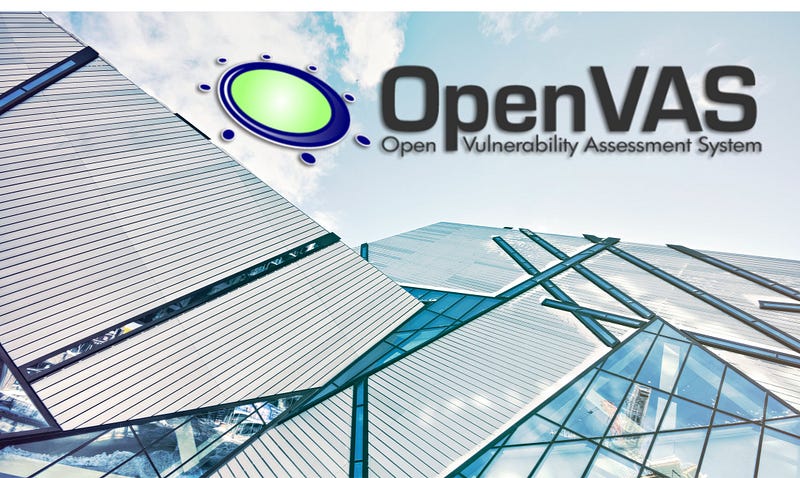
Photo by Scott Webb from Pexels
Before starting, it’s essential to ensure your Kali Linux distribution is up to date and that you have installed the latest version of OpenVAS. Here are the commands you should run:
root@kali:~# apt-get update
root@kali:~# apt-get dist-upgrade
root@kali:~# apt-get install openvas
Once the installation is complete, execute the command openvas-setup to configure OpenVAS, download the latest definitions, create an admin user, and start the necessary services. Depending on your bandwidth and hardware capabilities, this process may take some time.
root@kali:~# openvas-setup
After setup, the system will display the automatically-generated password for the admin user—make sure to save this for future access.

Chapter 2: Running OpenVAS
Once the openvas-setup command is completed, the OpenVAS manager, scanner, and GSAD services should be active. To verify that all services are operational, use the following command:
root@kali:~# netstat –antp

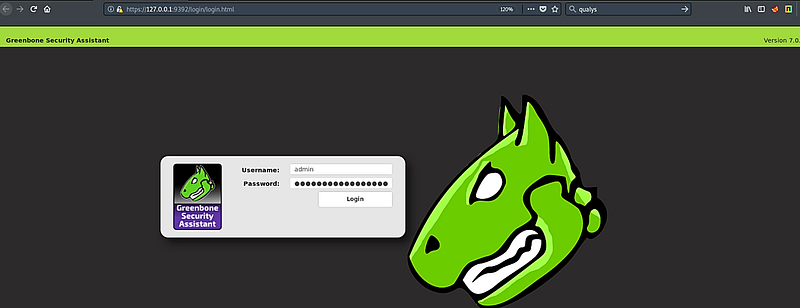
If you forget to record the password, you can reset the admin password with the following commands:
openvasmd –user=[username] –new-password=[password]
openvasmd –user=admin –new-password=[password]
With your credentials, targets, and scan settings in place, you can now execute a vulnerability scan. In OpenVAS, scans are organized as "Tasks." When creating a new task, you can adjust the number of concurrent operations to optimize the scan. Click on the "Scans" tab and then select "Tasks."

To create a new task, click the star icon and choose "New Task."

Fill out the required fields in the "New Task" window and click "Create."
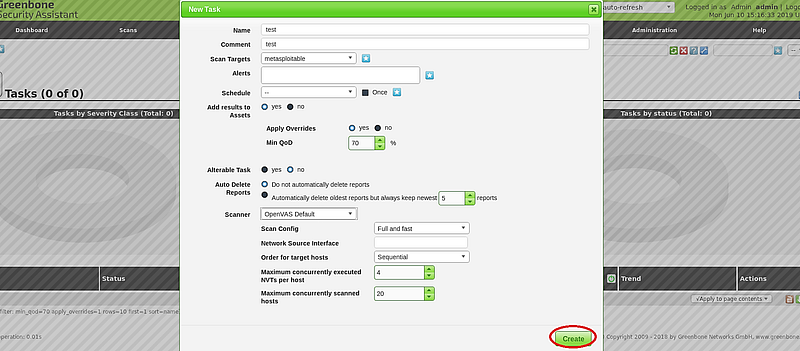
After creating the task, press the play icon to initiate the scan.
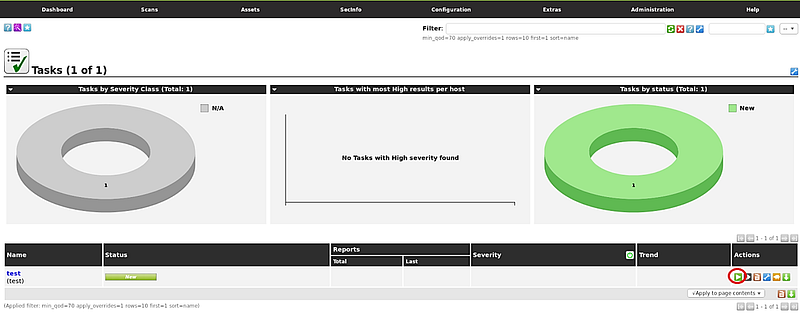
The duration of the scan will vary based on your system's configuration. Once it completes, the task status will indicate "Done." To review potential vulnerabilities associated with your target, navigate to the "Scans" tab and select "Results."
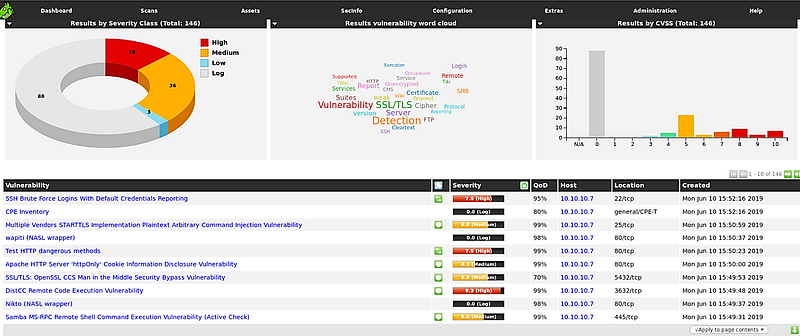
OpenVAS involves numerous components and configurations. If you encounter any challenges with the services, consult the HackerTarget page for further tips on maintaining an OpenVAS installation efficiently.
The first video provides a complete beginner's guide to using OpenVAS for vulnerability scanning within Kali Linux, detailing setup and usage.
The second video offers an overview of vulnerability assessment tools, comparing Nessus and OpenVAS scanners to help you choose the right one for your needs.